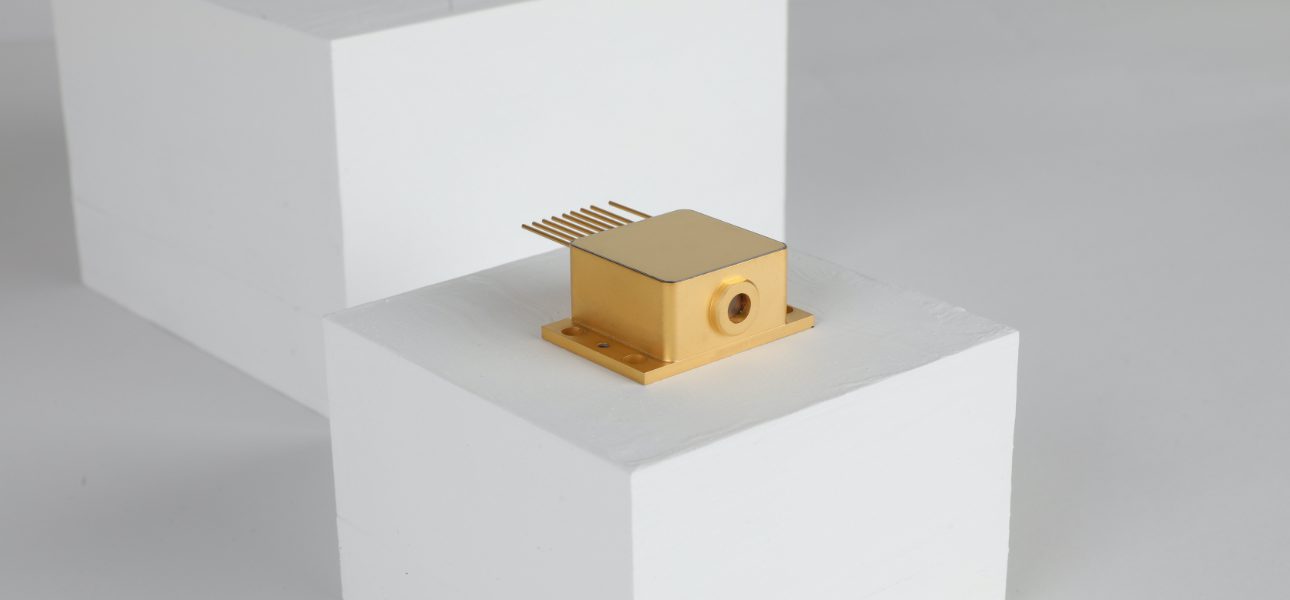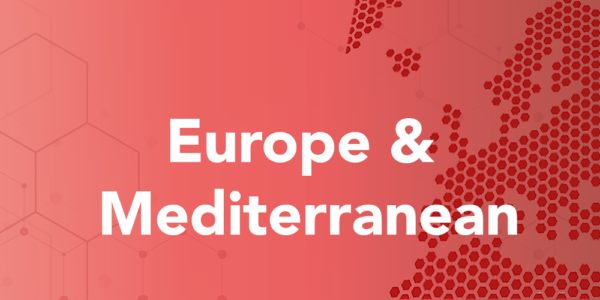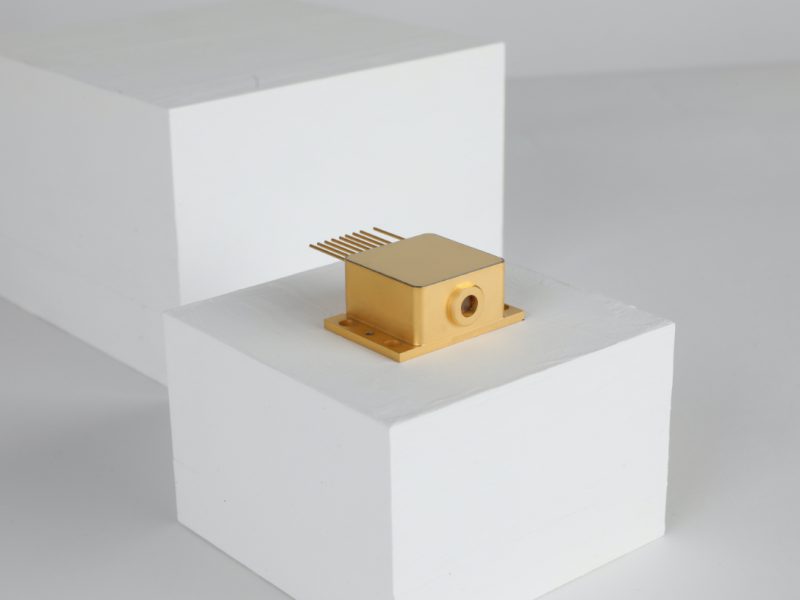 Videos - 18 Apr 2023
Videos - 18 Apr 2023
Power and precision
Laser spectroscopy is a technique used to measure concentration of molecules in various applications like pollution monitoring, process control or non-invasive medical monitoring. Indeed, most molecules absorb infrared light at specific wavelengths and therefore, by tuning our infrared laser at the right wavelength and shining it on a given gas, liquid or solid sample, our clients can determine the amount of molecules present in the sample with the right detection setup (using pyroelectric detectors or photoacoustics for example).
One core parameter of successful laser spectroscopy is the selected wavelength and mirSense offers its clients the unprecedented 10 to 19 microns wavelength spectrum. The production of QCL lasers in the 10-19 microns range is unique in the world as mirSense holds an exclusive license of this technology developed at the University of Montpellier, France. In this long wave wavelength region, customers can detect various molecules like OH radicals, BTEX or hydrogen cyanide (see below some examples). Furthermore at these long wavelengths, the intrapulse linewidth broadening is relatively smaller than in the mid-infrared region and therefore, pulsed operation can be more attractive for spectroscopy.
The uniMir lasers are mounted on a thermoelectric cooler (TEC) inside a sealed High Heat Load (HHL) package integrating a collimation lens and a thermistor to readout the laser chip temperature. By controlling the chip’s operating temperature through the TEC element inside the laser’s package, customers tune the emission wavelength without mode hopping while keeping a single-mode operation.

HHL-package diagram showing the built-in thermistor that monitors the laser chip temperature and the base plate that dissipates the heat generated by the laser and the TEC.

Example of emission spectra as a function of the chip temperature for a QCL emitting at the wavelength of 17.7 µm. These DFB lasers are single mode with a side mode suppression ratio larger than 25dB.

Typical output characteristics of a DFB QCL emitting at 13.5µm.
mirSense can manufacture any wavelength in the 10-19 µm range and below are examples of gases that can be measured by spectroscopy at specific wavelengths.
General datasheet presenting the 10-19 µm offer
| Application family |
Wavelength | Measurable species | QCL product datasheet when available | |
| OH Hydroxyl radical spectroscopy | ~18.8 µm | ~531 cm-1 | OH radical | UN0530Q003HNA |
| Fundamental science | ~ 17.7 µm | ~ 565 cm-1 | UN0565C002HNA | |
| Carbon emissions | ~ 15 µm | CO2 | ||
|
Fluoro |
~ 10.5 µm | ~ 948 cm-1 | SF6 Sulfur hexafluoride | |
| VOC | ~ 13.7 µm | ~ 729 cm-1 | Toluene | UN0746C005HNA |
| VOC | ~ 14.4 µm | ~ 694 cm-1 | Toluene | |
| VOC | ~ 14.3 µm | ~ 697 cm-1 | Ethylbenzene | |
| VOC | ~ 13 µm | ~ 769 cm-1 | m-Xylene | UN0746C005HNA |
| VOC | ~ 12.6 µm | ~ 795 cm-1 | p-Xylene | UN0746C005HNA |
| VOC | ~ 13.5 µm | ~ 741 cm-1 | o-Xylene | UN0746C005HNA |
| Nitrogen | ~ 10.7 µm | ~ 930 cm-1 | NH3 Ammonia | |
| Nitrogen | ~ 17.2 µm | ~ 581 cm-1 | Nitrous oxide N2O | |
| Nitrogen | ~ 10.6 µm | ~ 941 cm-1 | N2H4 Hydrazine | |
| Nuclear | ~ 11.3 µm | ~ 885 cm-1 | CH3i Methyl Iodide | UN0885C010HNA |
| Toxic | ~ 11.8 µm | ~ 850 cm-1 | COCl2 Phosgene | |
| Toxic | ~ 14 µm | ~ 713 cm-1 | HCn Hydrogen cyanide | UN0713C005HNA |
Some publications with our lasers
You may read below a publication about OH radical spectroscopy with a 19µm QCL wavelength from mirSense:
Nicholas M. Kuenning, Nicolas Q. Minesi, Brett A. Honaker, R. Mitchell Spearrin,
THz rotational absorption spectroscopy of the hydroxyl radical at high temperatures using a quantum-cascade laser,
Proceedings of the Combustion Institute,
Volume 40, Issues 1–4,
2024,
105480,
ISSN 1540-7489,
https://doi.org/10.1016/j.proci.2024.105480.
(https://www.sciencedirect.com/science/article/pii/S1540748924002888)
Abstract: A THz-frequency quantum-cascade laser absorption sensing method was developed for quantitative, time-resolved pure rotational spectroscopy of the hydroxyl radical in combustion environments. A systematic wavelength selection process involving consideration of line strength, temperature sensitivity, and spectral interference resulted in the down-selection of a group of rotational OH transitions near 531 cm−1 (15.9 THz). Spectrally-resolved measurements of multiple transitions were achieved using a pulsed quantum-cascade laser (QCL) at a measurement rate of 25 kHz with an integration time of approximately 5µs. A neighboring water line within the scanning range of the laser enables the water spectra to be measured and subtracted, removing the already minimal water interference near the target OH feature. The THz-range sensor was integrated on a high-enthalpy shock tube to validate the line strengths of the selected OH transitions at or near equilibrium in shock-initiated oxidation of argon-diluted ethylene and oxygen mixtures over a range at temperatures between 1500–3500 K. Quantitative species time histories were also measured during chemical non-equilibrium of ethylene and methanol oxidation to demonstrate the capability to resolve transient formation and destruction of OH during combustion. A detection limit of approximately 0.5 ppm-meter was demonstrated. To the authors’ knowledge, this work represents the first laser absorption sensing of the pure rotational spectra of OH at combustion conditions, exhibiting high potential for numerous applications.
Keywords: Hydroxyl; Shock tube kinetics; Laser absorption; THz; Rotational spectroscopy
Unimir benefits
- Very tight linewidth that drives the very high sensitivity of gas sensing
- CW operation (up to 17.7µm wavelength) delivering mW levels of output power at room temperature (pulsed operation only beyond 18µm wavelength)
- Pulsed operation for larger tuning range is a good option because at these long wavelengths, the intrapulse linewidth broadening is relatively small
- Low power consumption for integration in portable gas analysers
- Very stable over time with good Allan deviation results when integrated inside a gas analyser
 At the Photonics West 2021 laser show, mirSense was a finalist at the Prism Award in the category smart sensing for the uniMir quantum cascade lasers that allow new spectroscopy applications in the 10 to 17 microns wavelength spectrum like Benzene detection or OH radical measurement.
At the Photonics West 2021 laser show, mirSense was a finalist at the Prism Award in the category smart sensing for the uniMir quantum cascade lasers that allow new spectroscopy applications in the 10 to 17 microns wavelength spectrum like Benzene detection or OH radical measurement.
 Videos - 18 Apr 2023
Videos - 18 Apr 2023
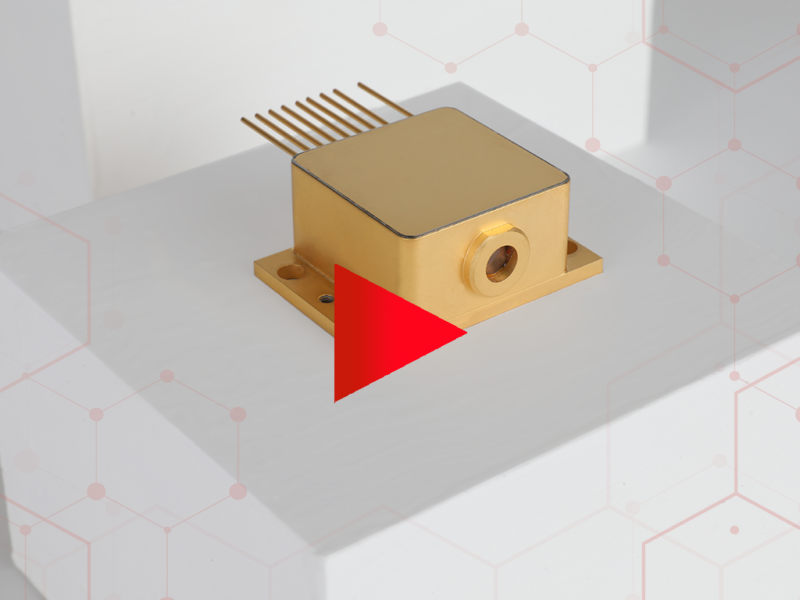 Videos - 12 Apr 2021
Videos - 12 Apr 2021
uniMir presentation webinar
Read moreDownload uniMir datasheets
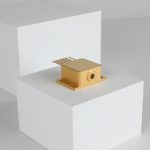
Any question ?
Ask Adrien Dequaire
Adrien is in charge of our laser solutions
